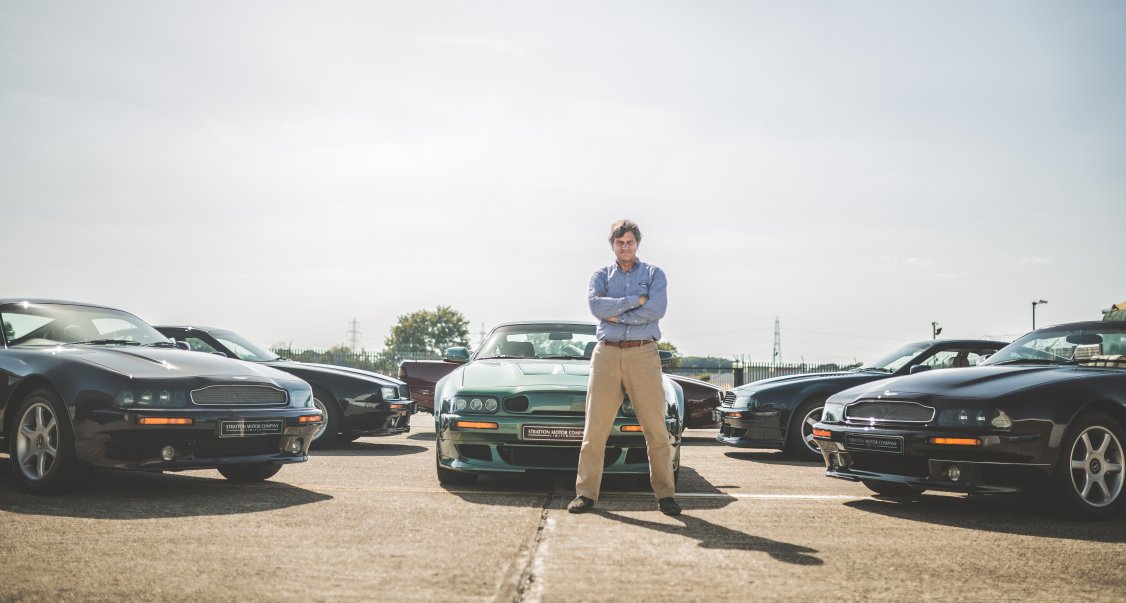
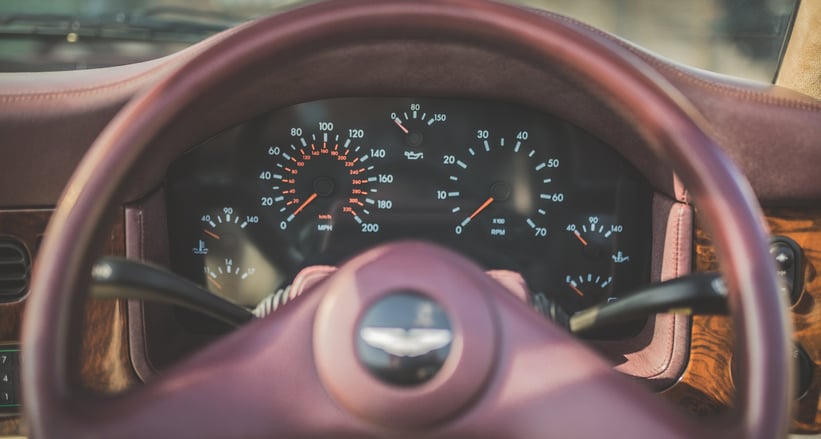
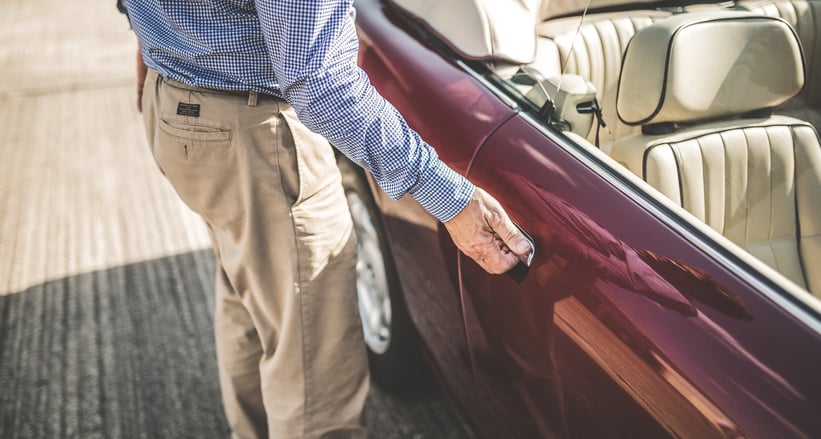
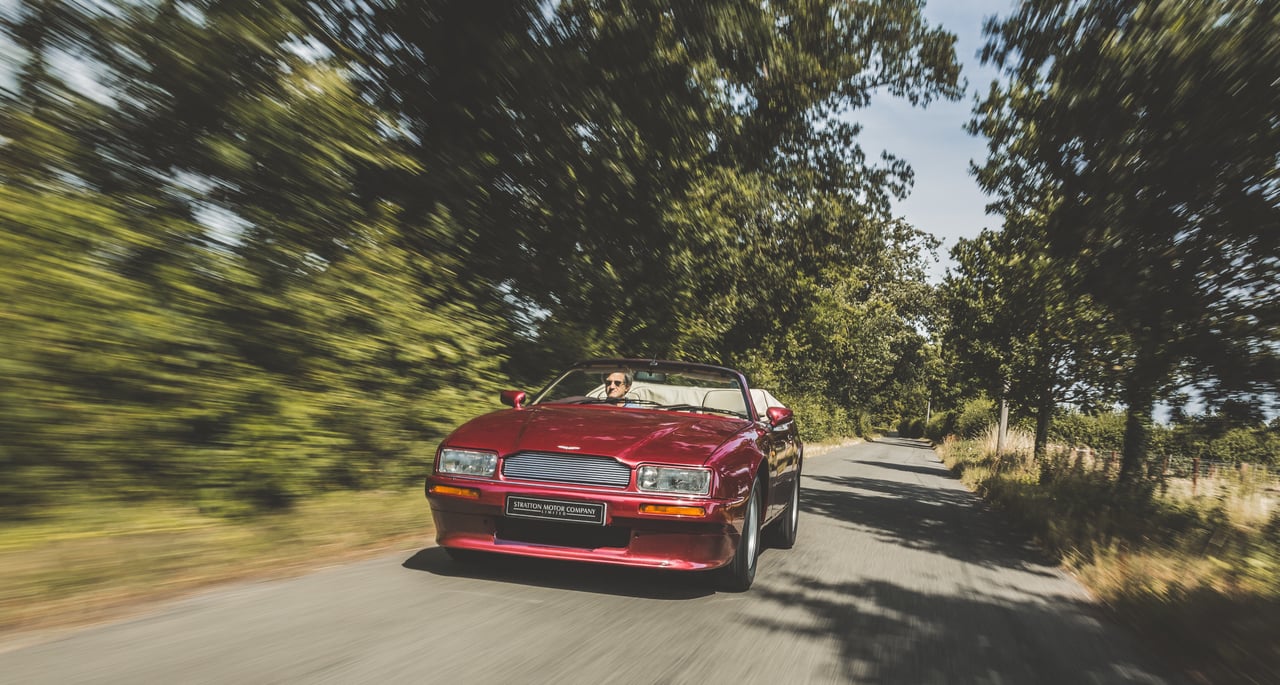


It’s when you step into the 1992 Virage Volante, one of just 234 built, that its unique Aston Martin character becomes immediately apparent. The classic cream Connolly interior whispers class and hints at the serene drive ahead. Being an open-top car, neck-straining performance is not essential – no one wants to mess up their hair too much on the way to a garden party. This standard Volante is representative of how the original model debuted in 1992. The three-speed automatic gearbox coupled with the 330bhp engine is a well-proven formula and lends the car respectable pace. You don’t rush in this car – it allows you to savour the journey as much as the drive. It’s an ‘old-school’ Grand Tourer that offers the full Aston Martin experience: little drama but spades of understated style.
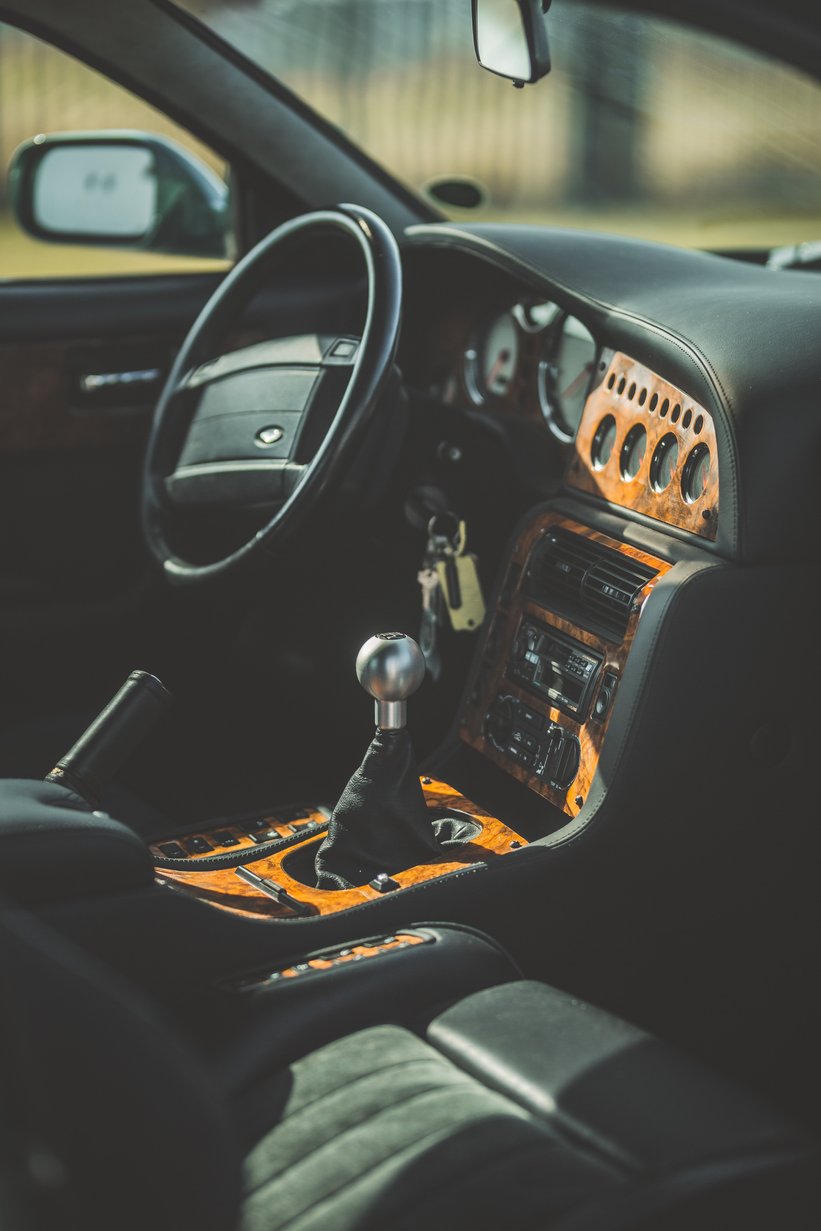

Sliding out of the Volante and nestling into the V600 from 2000 is like moving from a Chesterfield to a Magistretti – it’s still a chair, but it’s so much more of an experience. This left-hand-drive example painted in what passes for racing green exudes a clear purpose for pace. It’s in the dash, the dials, the manual gear lever, and the Recaro-derived seats that hold but don’t squeeze. The clutch is light, and the car can trundle along happily at low speeds. But open the taps and the twin Eaton superchargers transform the car into a Herculean character. It’s easy to see why the Vantage models are so sought after nowadays. The forced induction comes in progressively but forcefully, delivering all 600bhp.
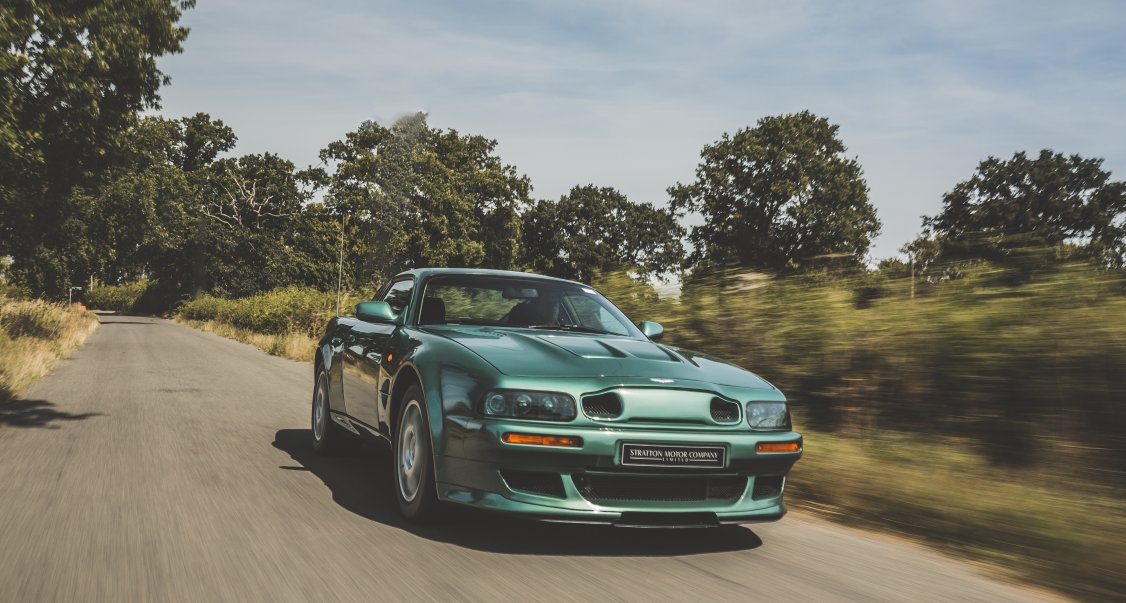
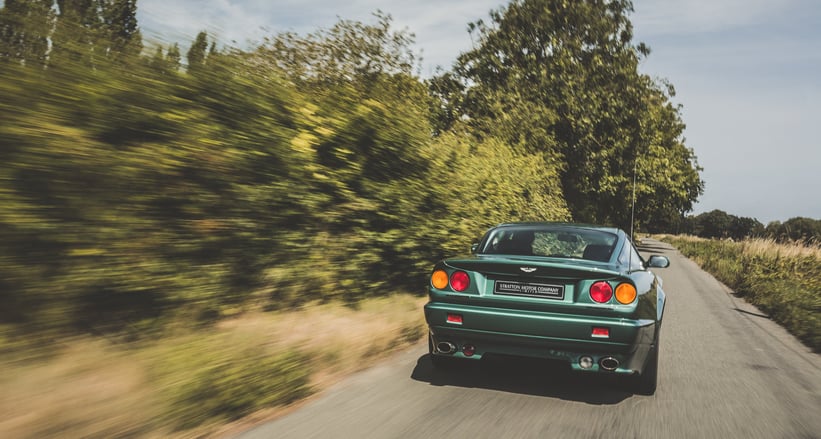
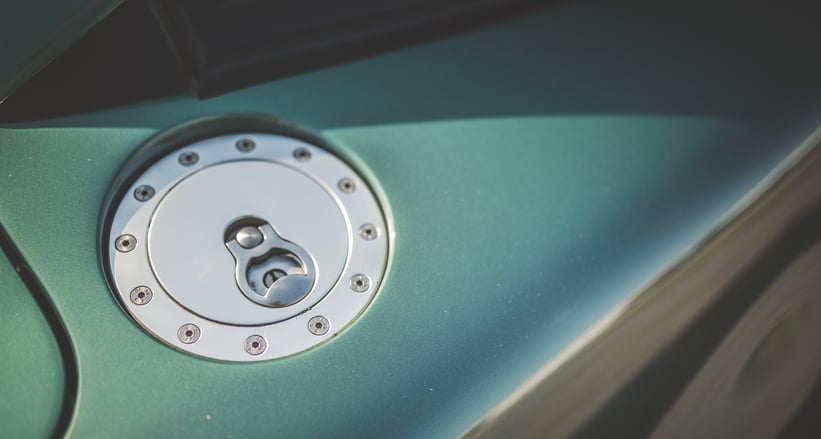
With the right pedal pushed to its stop, it’s time to stay alert. It’s extremely fast, by any standard, and yet it has a grandeur about its speed that no other car can pull off. It has authority and presence on the road that causes traffic to jerk out of your way. I can’t think of another car from this period that is so handsome and obviously the grandest of Grand Tourers. The Goliath 600lbs. ft of torque enables you to drive all day in top gear – it’s pure muscle. In its day, it was often described as brutal. But in truth, it’s a marvel of physics – Isaac Newton would have loved it. Rapid cross-country pace is aided by its De Dion rear suspension, which is a marked improvement over the Virage’s A-frame design. This is the most powerful Newport Pagnell Aston of them all. And with only around 240 built, it deserves every bit of the respect it commands.
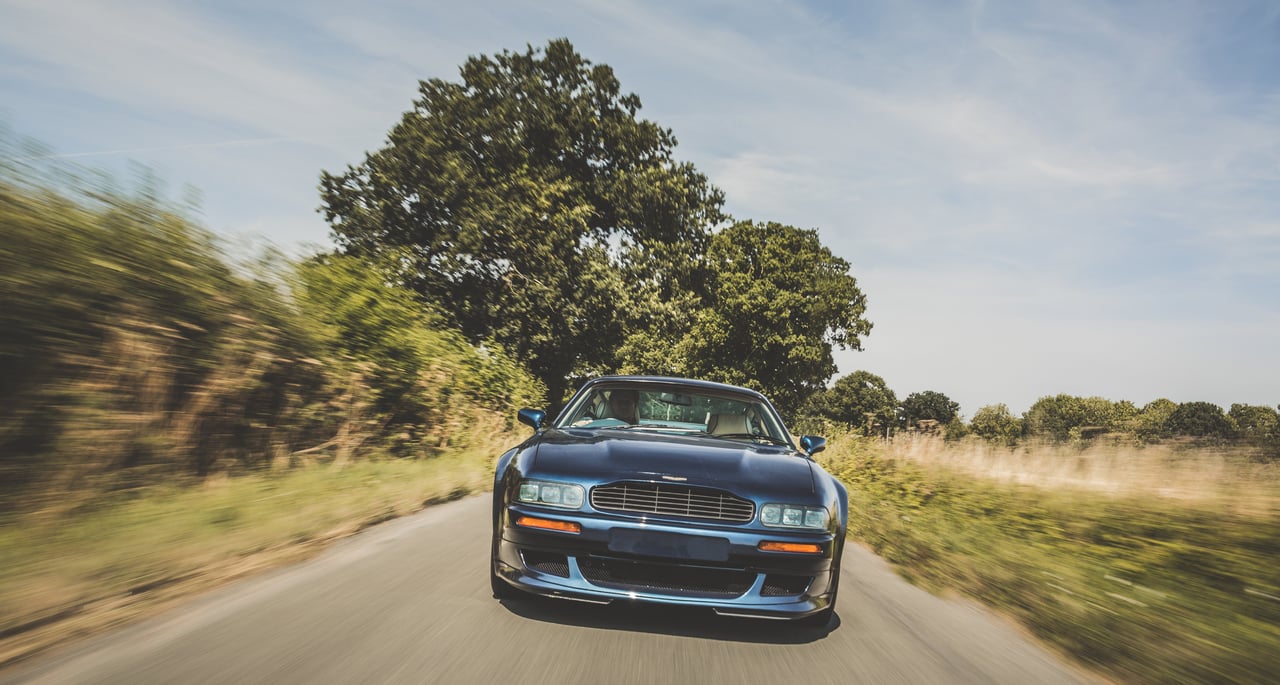
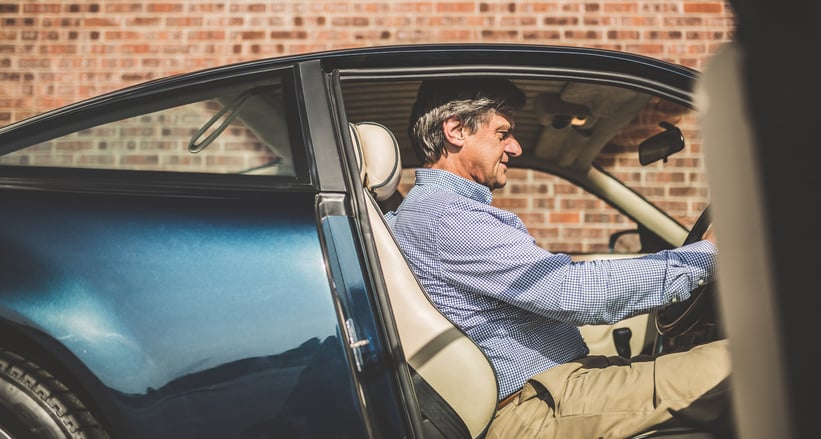
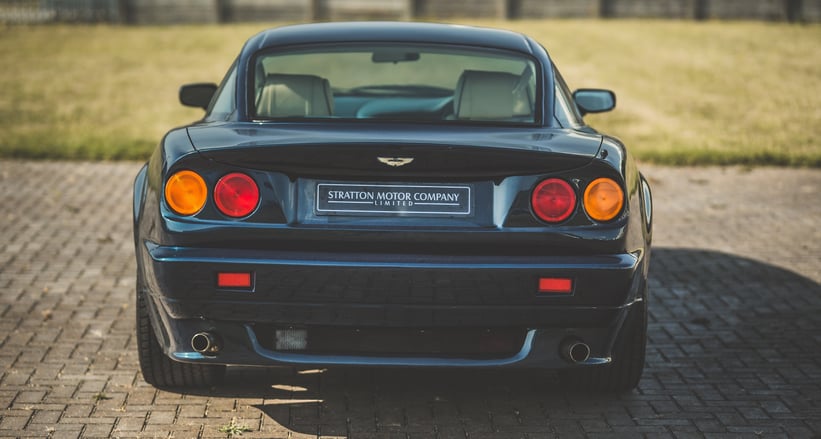
Like the V600, the 1995 V550 Vantage had the Virage name dropped, despite its origins. But then the steroidal Vantage is not really comparable to the genteel Virage. The V550 emerged in 1993 and is very similar to the V600. Whereas the latter had a wide-ratio five-speed gearbox, the V550 was equipped with a swift-change six-speed. Many were upgraded to V600 specifications by the Works. In truth, the lower power of this car is not discernible – if I hadn’t just driven the gutsier V600, I wouldn’t have been able to feel its power deficiency. The V550 does almost everything the V600 can and its vast power demands the driver’s attention while pushing on. It’s an engaging car that’s guaranteed to brighten your day.
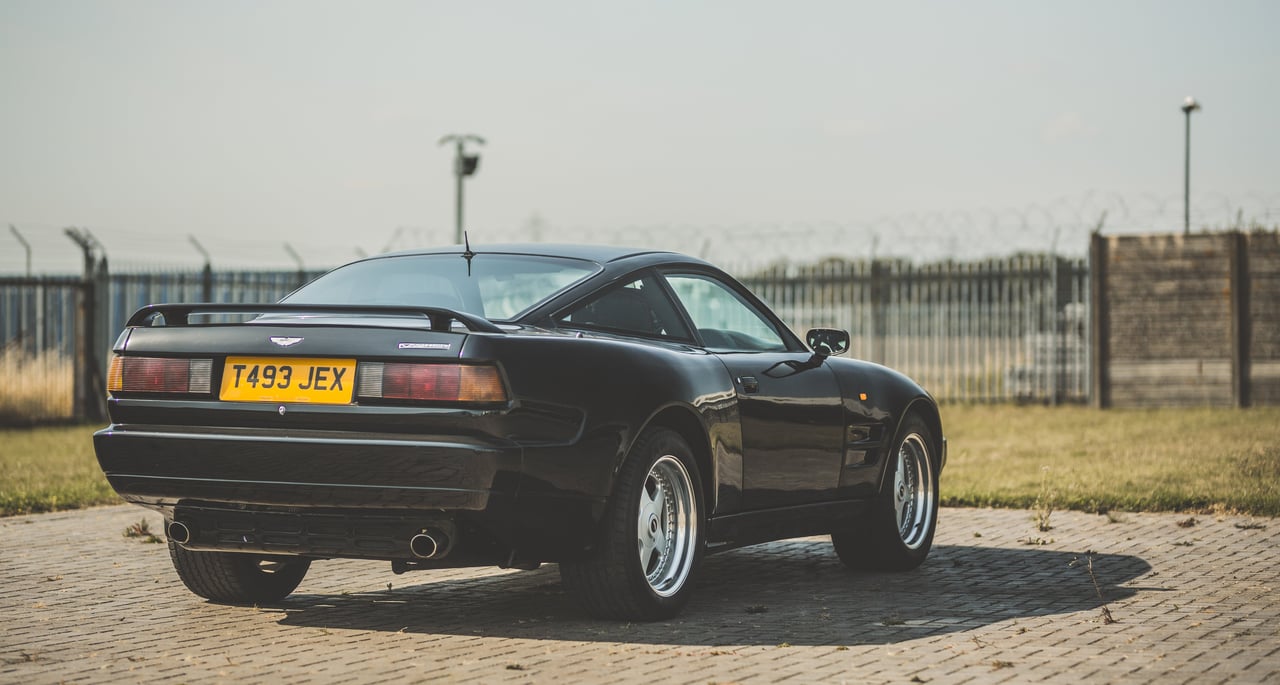

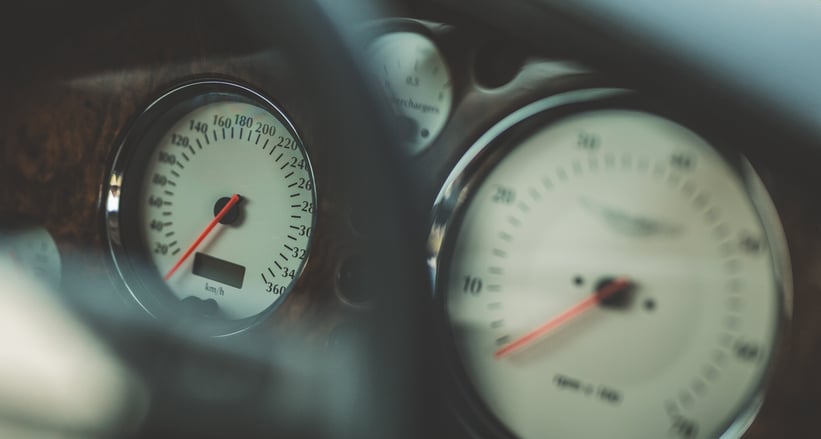
Before the blown Vantage models appeared, the Virage was offered with a 6.3-litre upgrade. Engine capacity rose by a litre and power by almost 50 percent – yes, you read that right. The final 6.3 cars boasted around 500bhp thanks to technology gleaned from the AMR race programme. The increased power was supported by beefed-up brakes and suspension, and bigger wheels requiring wider bodywork. These ‘cars with thighs’, as Victor Gauntlett referred to them, possess that magnificent unmolested V8 rumble and the engine in this car (upgraded for its royal owner in 1999) is in my view the finest normally aspirated version of Marek’s engine.
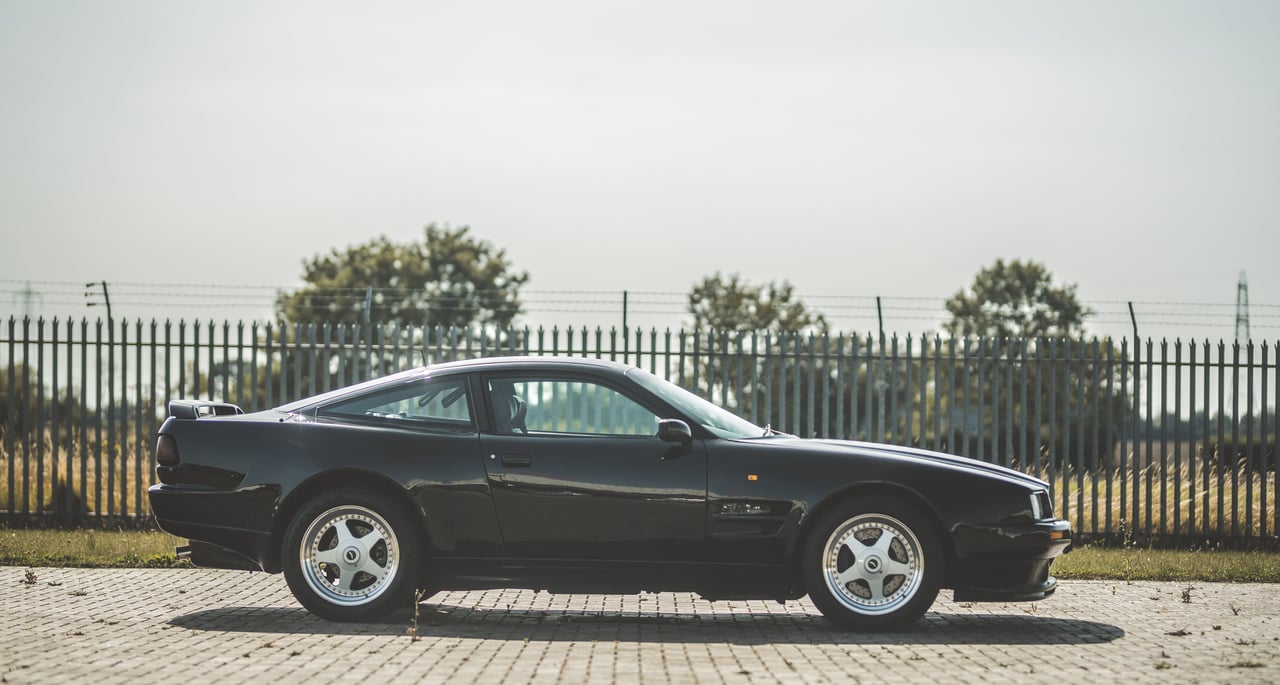
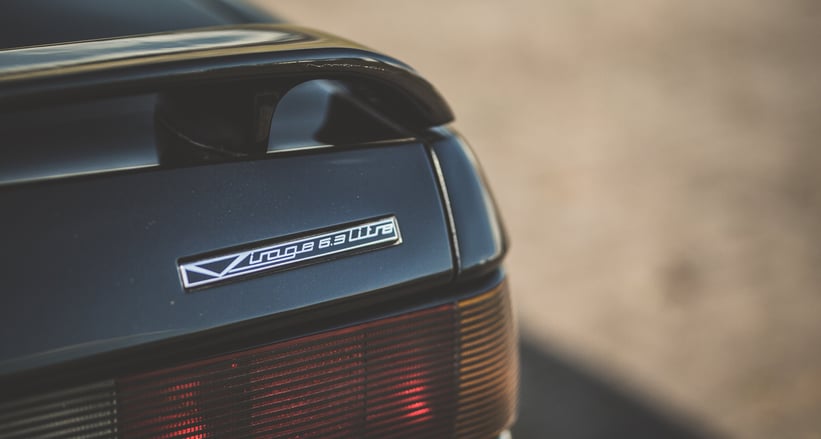
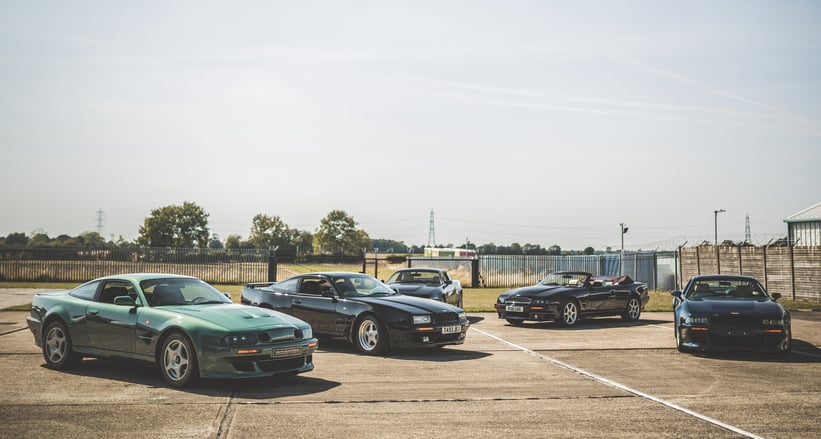
In contrast to the Vantages, the feel of the 6.3 is a little less sophisticated than you might expect and the handling not so precise with the antiquated rear suspension system. On the one hand, it shows just how advanced the V550 and V600 are, while on the other, it boasts more skunkworks character. It’s a great, growling driver’s car and an important model.
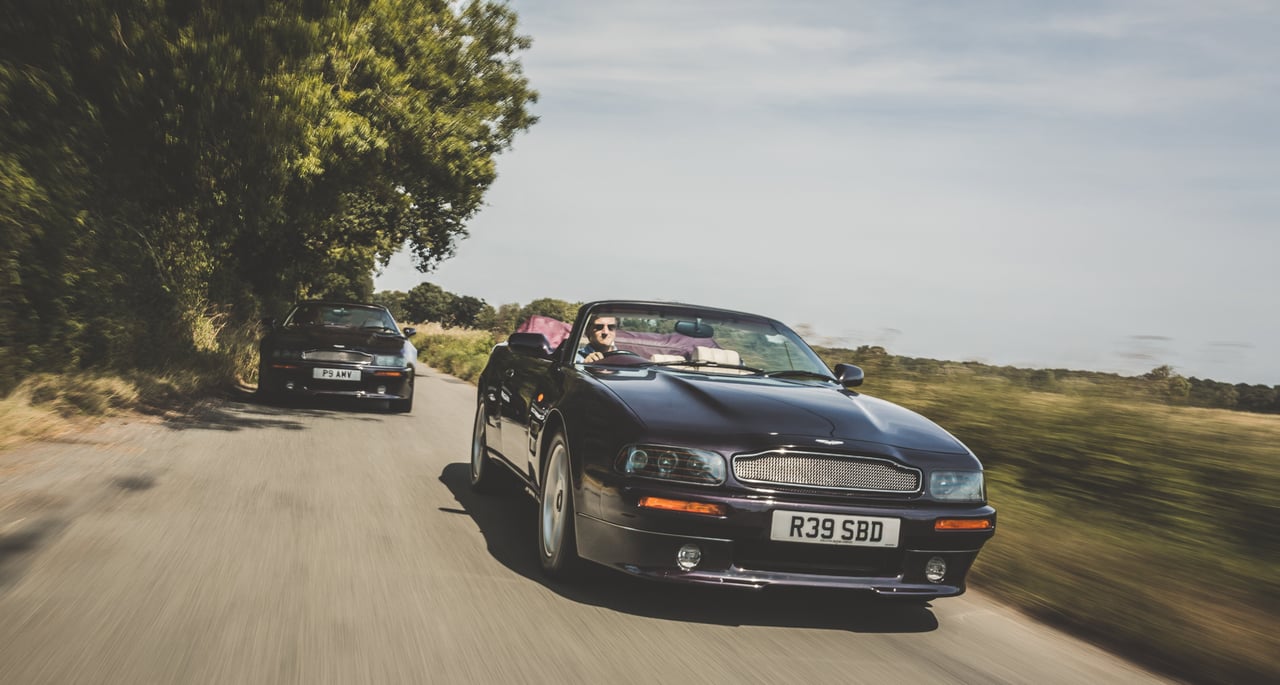

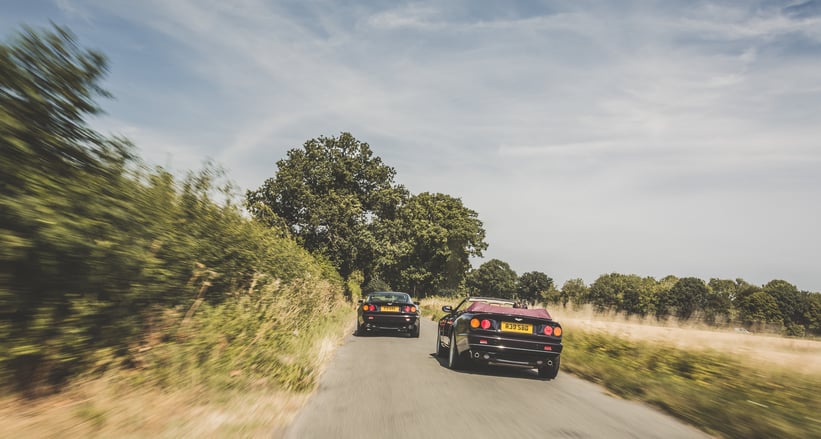
The final two cars in our test – the V8 Coupé and Volante – represent the end of the Virage line. The Virage badge might have disappeared in 1994, but these are that car’s true descendants. With only 101 Coupés and 63 Volantes built, it’s no surprise that these cars are now commanding the attention of collectors. The turbine-smooth 32-valve engines serving up circa-350bhp feel so well suited to their chassis’, themselves taught and closer to that in the Vantage models with the De Dion rear end. The cabins were also modernised.
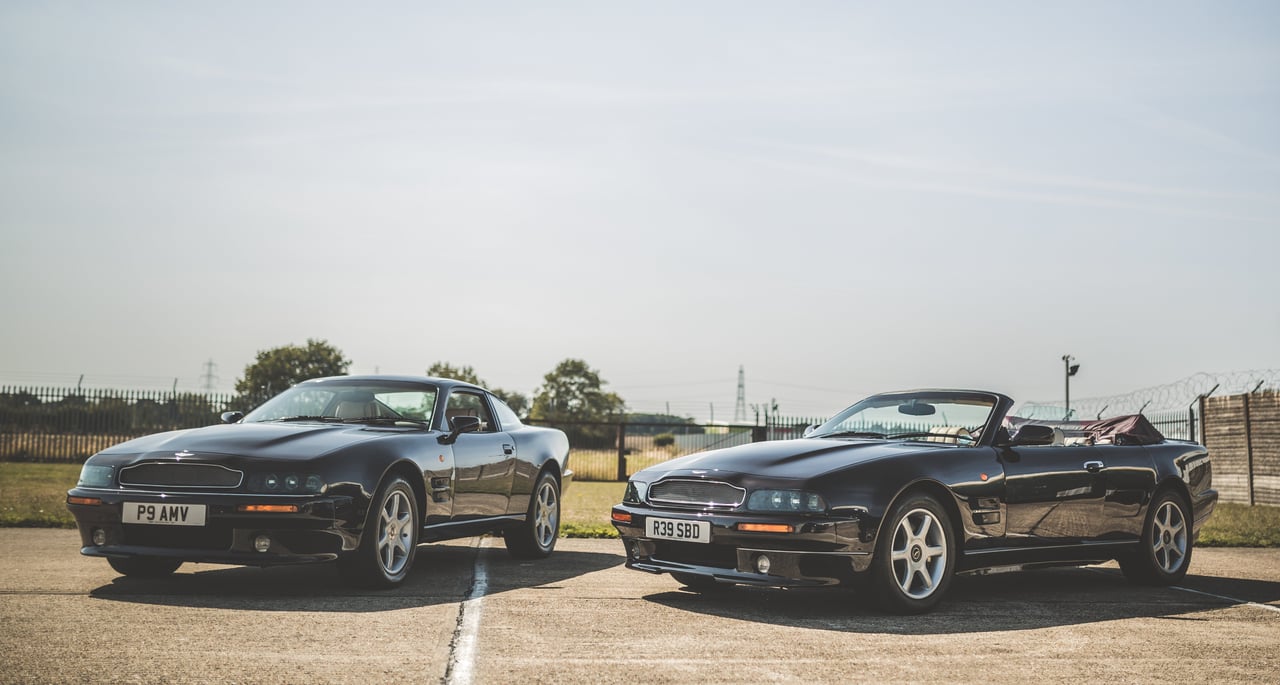

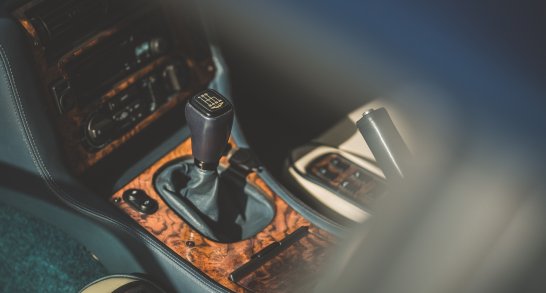
The 1997 V8 Coupé feels much newer than its age would suggest. Here is a great example of evolution improving the breed. It’s a joy to drive at any pace and far less demanding than the Vantage can feel. It’s a welcoming, harmonious car – you slip into it and instantly feel at home. The Volante versions of the V8 Coupé were given long wheelbases to afford the occupants more room in the cabin. In many ways, the added length gives the car more grace, and despite the fact it’s heavier, 6.5sec from 0–60mph is still adequate. The ride is perfect and the chassis still allows you to push, should you be running late for the cocktails. Actually, I’d skip the Martini and take it for another lap of my favourite B-road.

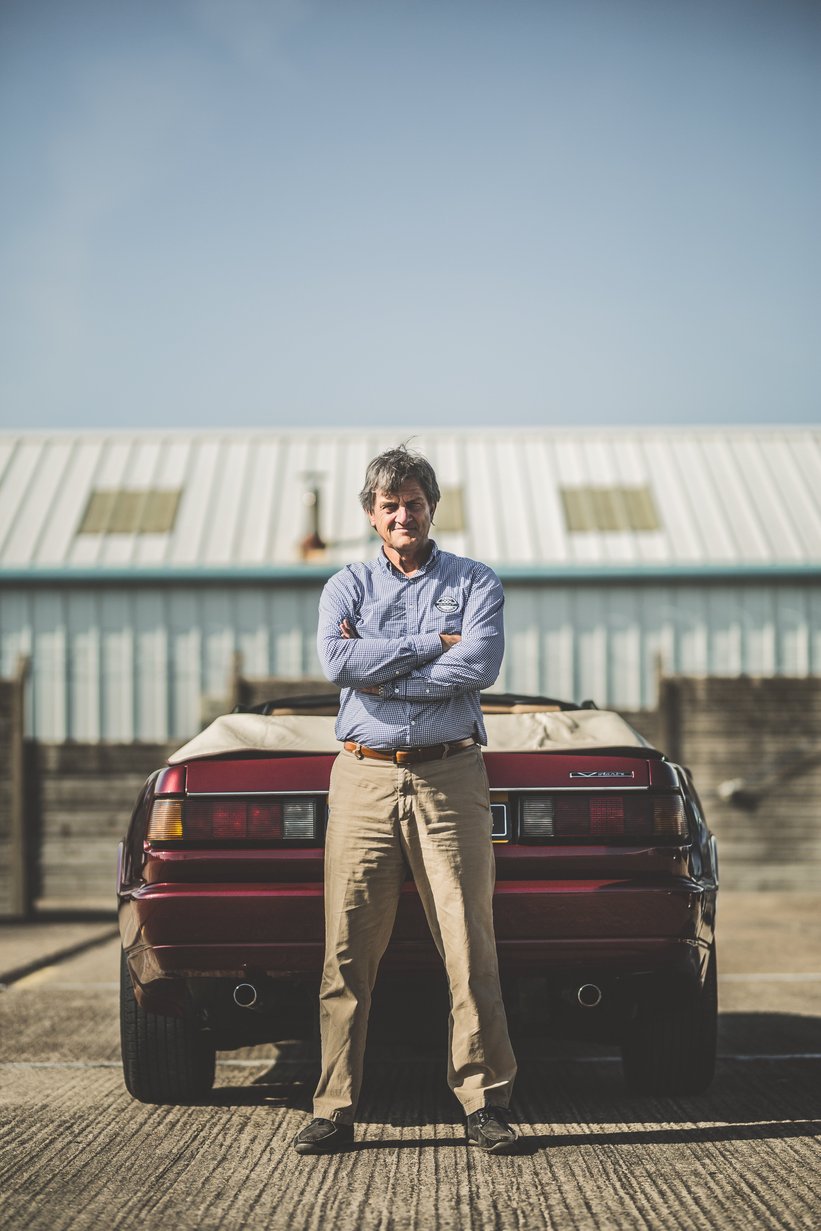
My favourite model here? Take a guess… In truth, this fabulous range of cars provided a fascinating glimpse into a pivotal period of Aston Martin’s history – the Fin de Siècle, when the craftsmen were turning out some fine and genuinely clever machines. They deserve to be more appreciated than they currently are, not least because they’re a ‘scarcity’!
Photos:























































